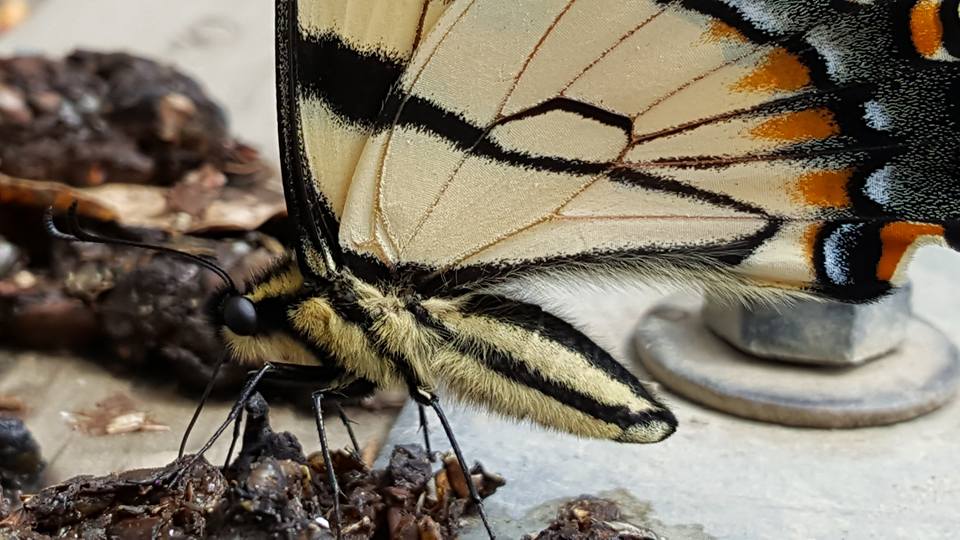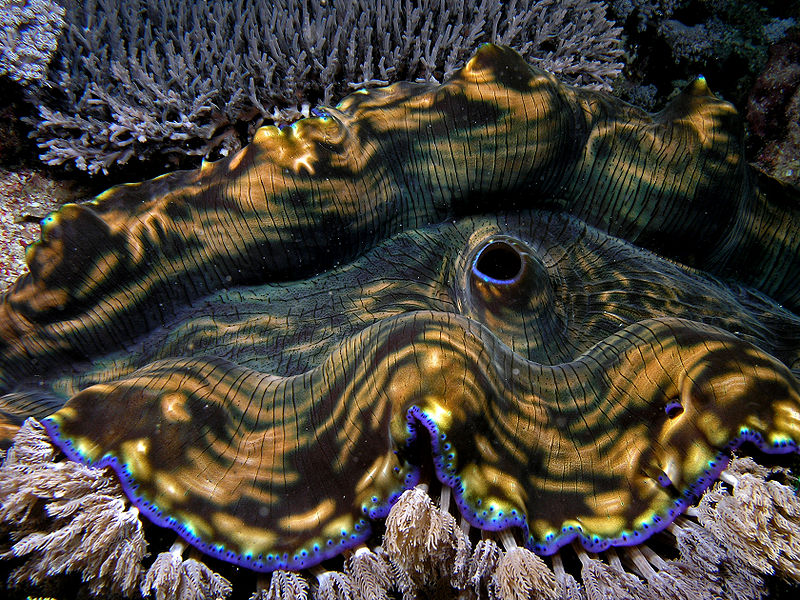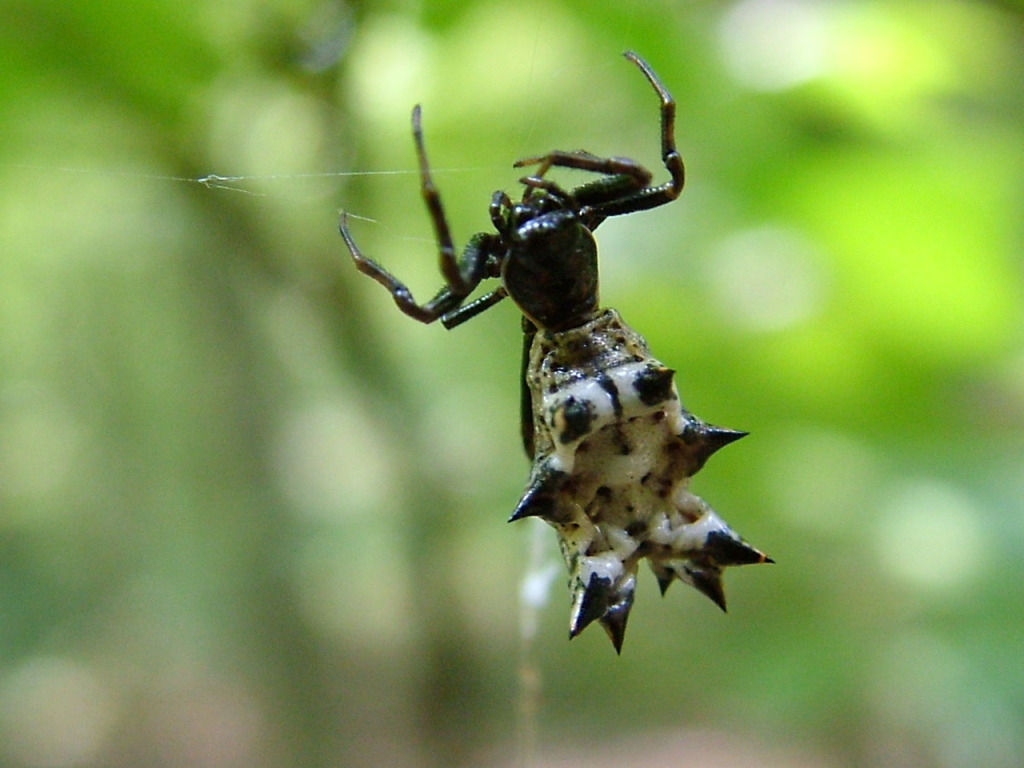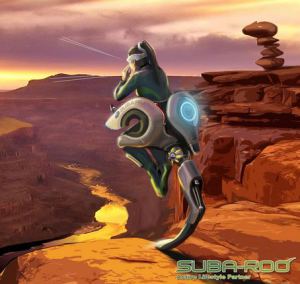Introducing the Butterfly Proboscis (Snoot, Sippy Straw & Sponge)

How Butterflies Get Their Fluids
I think I have a form of nature attention deficit disorder because I get so easily distracted by anything in the natural world. In meetings I'm focusing on the sparrows outside my window and and analyzing their flock structure. At restaurants I'm looking at moths flying around lights and trying to identify them. I can't help it, it's what I do. Thus, while sitting on a dock watching the sunrise I noticed a butterfly probing a fairly fresh pile of scat that the morning's inhabitants had left. It sat there for a long time, probing with its long tongue and "dung sipping" (yes, there is a term called "dung sipping" that scientists use, makes for a great insult to other entomologists). Butterflies also can be found sipping carcasses and dead things too (so much for a butterfly's beauty eh?.."corpse sipper" anyone?). Here's a picture of what I observed:

Most people that I meet think that when a butterfly visits a flower that it's using its tongue to sip nectar. This is what happens, but the butterfly's tongue is more like a combination sponge and sippy straw instead of just a straw. Let's start with the correct sciency terms for you to stash for future garden parties.....





